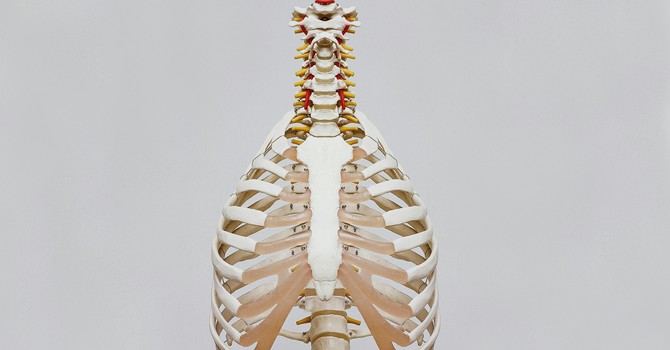This is an ultrasound imaging video, or "cineloop", of my pelvic floor muscle function.
The big black hole in the middle is my full bladder. Full bladders make better images. The base (bottom) of my bladder is actually at the top of the image. My goal is to lift the base of my bladder by contracting, or doing a kegel, with my pelvic floor muscles.

I am scanning trans-abdominally, which means that the ultrasound probe is at the very lowest part of my belly, pointing downwards and inwards, towards my pelvic floor. I am using the CLARIUS C3 for those of you who are interested.
I am thinking about where my urethra is and then contracting the muscles around it. I chose this imagery today because I have a tendency to tighten my butt. Tightening my butt does not produce any lift and consequently, does not lead to making a good video for you. Also, butt tightening does not resolve urinary incontinence. Such imagery draws my attention away from my backside and towards the front. I am also breathing out to facilitate more lift.
When I am done contracting, you will see the base of my pelvic floor relax to its start position. This all indicates good pelvic floor muscle function. Yay!
This worked for me because I know my body well and I have tricks up my sleeve when it comes to changing how muscles work. But, we all respond to cues and imagery differently. Even the same person will need different cues at different stages of their rehabilitation.
Ultrasound imaging is a non-invasive tool I use to screen pelvic floor muscle function. It does not provide as much detail as vaginal or rectal exams do, but in the context of treating the pelvic floor as a part of whole-body function, it is a wonderful tool that provides us with a quick picture of pelvic floor function.





